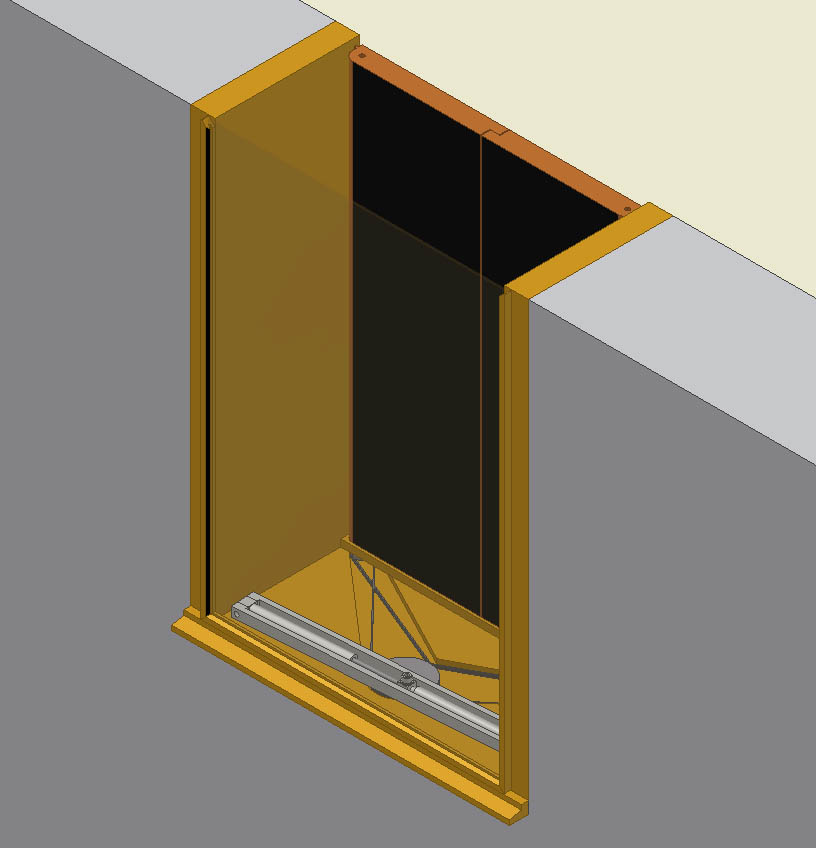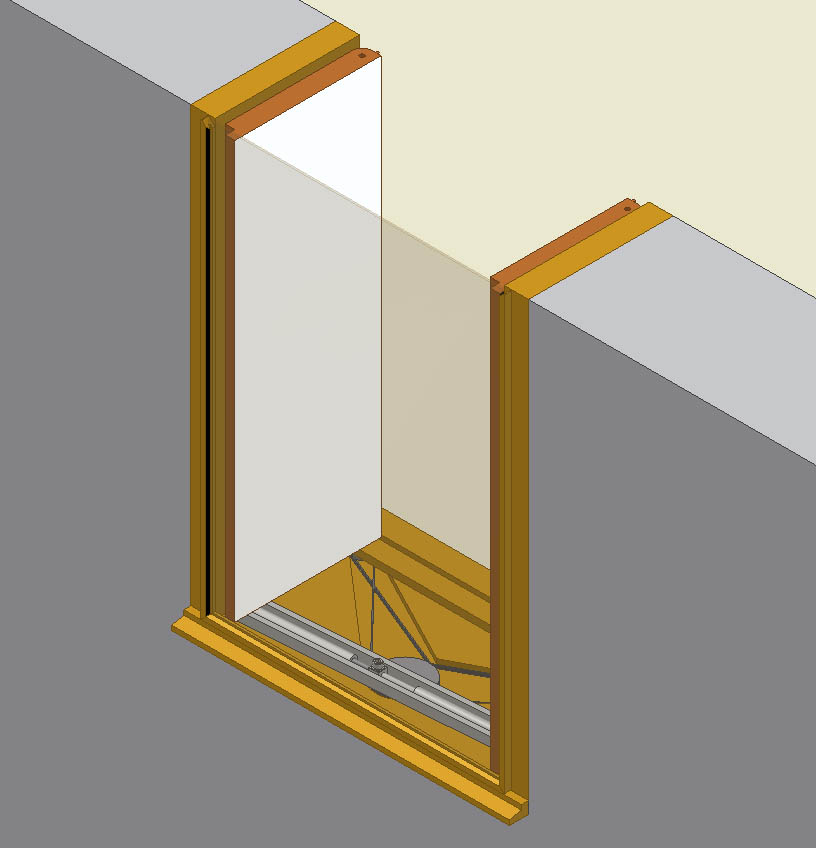|
Windows are one of the weakest areas of thermal performance in the external walls of a buildings. A building with a large area of glazing may demand energy intensive compensation to maintain a well tempered internal environment. Consider a window that would satisfy the high specification needed to get Passivehaus certification, it requires a performance of ('U-value' = 0.8 W▪m-2▪K-1). Even specifying these quite expensive window systems in a new building, the window is in a wall with a thermal performance in the order of ('U-value' = 0.3 W▪m-2▪K-1).
The case for using external insulated window shutters is that when they are closed at night time they might reduce thermal losses through a standard specification window. If they are well sealed and minimize thermal bridging in their mountings and construction, they would be expected to improve the thermal performance of the window alone and thereby contribute towards improving the thermal performance of the overall wall construction.
There are examples of buildings with insulating thermal shutters in the literature from around the world, including North America, Scandinavia, Germany, Greece, UK, even proposals for the Artic. The basic design principles are discussed in a number of books on the subject in particular by Shurcliff[1] and Langdon[2].
Several academic studies have considered the advantages of thermal shutters for residential use in several climates, occupancy patterns and control regimes. The studies have shown that with carefully detailed construction they can offer the benefits of both reducing in heating demand in winter and reduction in cooling demand in summer.
Of particular interest have been examples that operate in response to prevailing conditions, especially those that are passive and harvest available thermal energy. There are some examples in the U.S.A. in particular the Richard Levine's "Sundows"[3] and Stephen Baer's "Skylids"[4], both widely reported in the literature.
|

